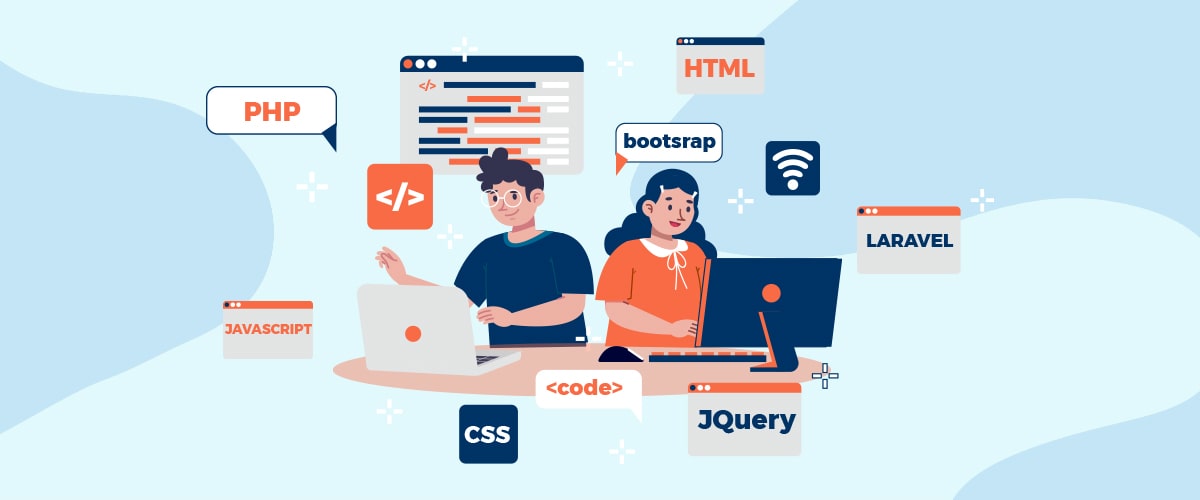A website’s design has a more significant impact on conversion rates than you think. You can use all the tactics in the world to increase conversions, but if your web design sucks, it won’t do you any good.
Design is not just for designers. Design is marketing. Therefore, It’s about the product and how it works. The more you know about web design principles, the better you will be at it. Makes web design and development services a better option.
Here are some effective Web Design Principles
Start with a Business Goal
You need to position the elements on your website according to your business goals. Therefore, Without a specific purpose, it can be hard to prioritize.
You have to be sure that what you want your business to be. This means you have to be clear about the audience and target of your business.
Visual hierarchy
Visual hierarchy is one of the essential web design principles. It is the order in which the human eye perceives what it sees. If you stand out, you will notice; you will get oil and water if you stand out.
Some parts of a website are more important than others (forms, calls to action, value proposition, etc.), and you want to make sure those parts get more attention than less important ones.
Understand the balance between bright images and white space
Who doesn’t love a website with incredibly complex and impressive graphics? Therefore, Designers often try to create something that will showcase their visual skills and bring their trained artistic eye closer to the internet public. And often, these images make the experience unique and memorable.
However, a fundamental of web design principles is that it should be balanced and harmonious. Adding more elements weakens the inherent power of the invention, making it difficult for users to understand what they are seeing. It’s important to know when fewer visual elements can improve the overall design and keep users focused on the right things.
Seamless Navigation
Good navigation makes it easy for visitors to find information and find what they are looking for. Without it, users can have a hard time knowing what to do when they reach a page. Therefore, it is essential to structure your website rationally and logically to be predictable and easy to understand. Many websites use a combination of methods to ensure that visitors don’t get lost, such as structured menus, keyword searches, and internal linking.
Use clear labels, intuitive categories, and a consistent arrangement of elements to ensure that information on your site is easily accessible to visitors. Simple, intuitive, and consistent navigation is the key to a seamless browsing experience.
F Standard Design
Research shows that people are more likely to scan computer screens in “F” mode than others. Therefore, they prefer to look at the top and left side of the screen rather than the right side. For this reason, most web designers design their sites with enough screen size to make the site visually appealing to the viewer. Most importantly, users should be able to interact with your website longer than usual.
High-Quality Content
The content on your website is the driving force behind your marketing efforts. You need to be clear about your goals and develop and implement practical, engaging content to engage your users. Therefore, not only do you need to resize the image to make it visually appealing, but you also need to pay attention to the text on the website. This way, you can also ensure that your traffic is always on par with your competitors.
White Space
White space should be an integral part of your website. It can be used to separate different elements and draw your visitors’ attention to the critical aspects of your website. Therefore, if you use too little or no white space, your page will be overcrowded and look cluttered. They stop reading content because it seems too difficult or too time-consuming. Think about 80% of the content on your website.
Know who you are Designing for
Like any demanding marketer, web designers need to know exactly who their market is. It is a fundamental web design principles, without which no good design can be created. Web design must be planned and carefully executed. So we need to know who our users are, what they want, and what problems. To learn more, read (Any Article Topic)



